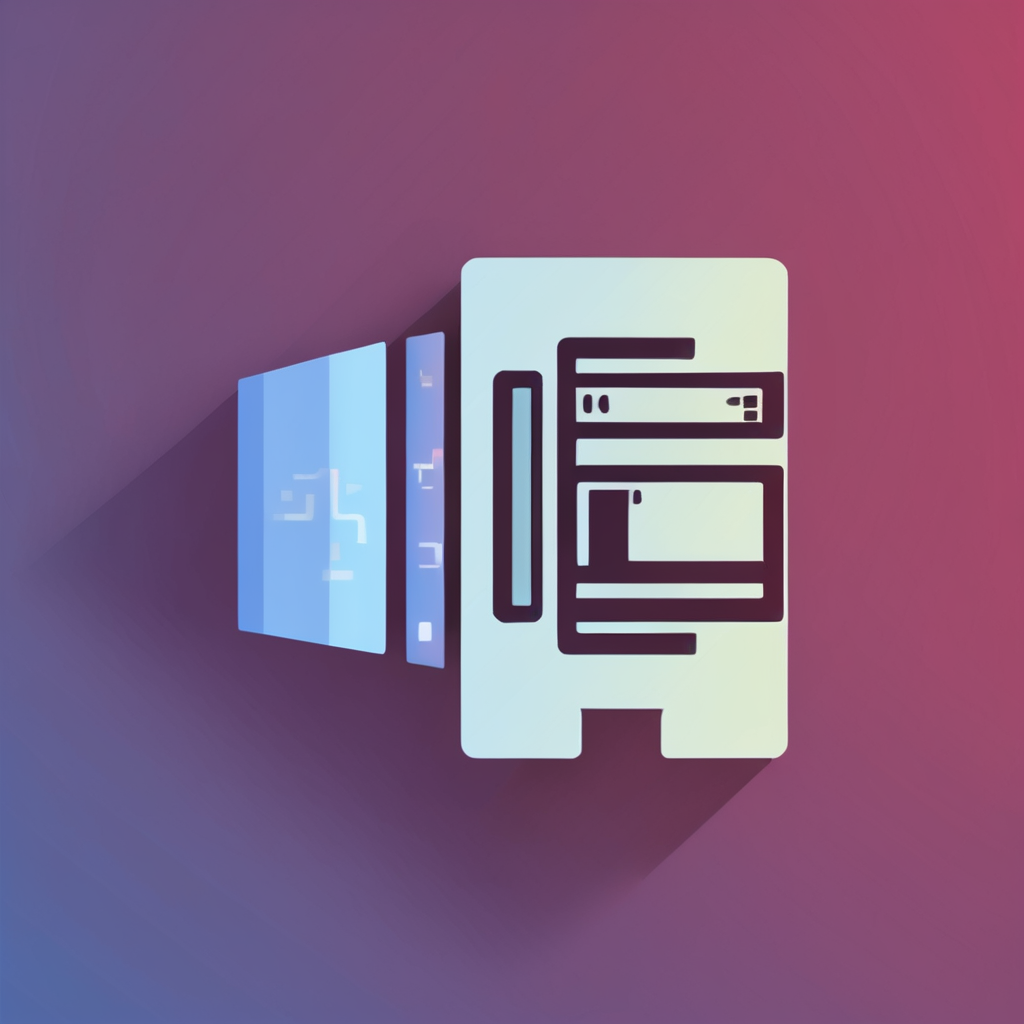Practical Ways Smartphones Boost Everyday Productivity
Smartphones are powerful tools that can enhance daily efficiency by seamlessly integrating into work, school, and personal routines. One practical smartphone use is managing calendars and reminders. Setting alerts for meetings or deadlines helps avoid missed appointments, keeping schedules organized and stress-free. Additionally, notes and voice memos allow quick capture of ideas or tasks without interrupting workflow.
Streamlining common tasks is another way smartphones boost productivity. For instance, email apps enable instant communication and file sharing, reducing turnaround time compared to desktop use. Built-in document scanners and cloud storage let users handle paperwork on the go, saving time otherwise spent at a desk.
Also to see : How do smartphones facilitate remote working in the UK?
Smartphone productivity tips also include harnessing automation features. Using shortcuts to automate repetitive actions—such as sending standard replies or launching apps—maximizes efficiency and minimizes distractions.
Finally, utilizing multitasking capabilities, like split screens and picture-in-picture modes, allows simultaneous handling of research, messaging, and task execution. These practical smartphone uses empower users to make the most of every minute, turning technology into a personal productivity assistant.
Also to see : How do UK smartphones contribute to advancements in mobile security?
Essential Productivity Apps for Smartphones
When searching for the best productivity apps, focus on tools that align with your specific daily tasks. For task management, apps like Todoist and Microsoft To Do streamline your to-do lists and deadlines efficiently. These apps offer intuitive interfaces that make organizing priorities straightforward.
In the realm of note-taking, Evernote and OneNote stand out for their versatility. They support multimedia notes, seamless syncing across devices, and quick search functions, enabling productive note capture during meetings, classes, or brainstorming sessions.
Scheduling demands can be handled well by Google Calendar or Fantastical, which offer smart reminders, shared calendars, and the ability to coordinate appointments easily. These mobile productivity tools enhance time management and boost efficiency, crucial for professionals, students, and those managing home life.
To choose the right productivity app, assess your primary needs: do you require collaboration features, offline access, or integration with other tools? Trying free versions or demos helps determine which apps adapt to your workflow best. Embracing customized app recommendations can transform how you manage projects and daily activities, simplifying complex routines into manageable steps.
Strategies to Improve Time Management with Your Smartphone
Mastering time management with your smartphone begins with leveraging its built-in scheduling tools. Most smartphones come equipped with digital calendars and reminder features that allow you to block out time for important tasks, appointments, and deadlines efficiently. Setting alerts ensures you never miss a commitment, which is crucial for daily planning.
Using task-tracking apps can further enhance productivity. These apps organize to-dos, prioritize tasks, and send notifications to keep you focused. By integrating these task management tools with your smartphone scheduling, you create a cohesive system that supports consistent progress.
Establishing routines for smartphone use is another key strategy. Designate specific times for checking messages and social media, preventing distractions from eating into your valuable work or personal time. This controlled usage fosters better concentration and a more deliberate approach to your daily planning.
Together, employing smartphone scheduling, using task trackers, and setting focused usage routines will sharpen your overall time management skills, helping you achieve more with your day.
Automating Daily Tasks with Smartphone Features
Smartphone automation has revolutionized how we manage everyday responsibilities. By leveraging efficiency tools such as IFTTT and Apple’s Shortcuts, users can create automated routines that handle repetitive tasks effortlessly. These apps integrate various services, allowing your phone to act proactively—whether that’s sending reminders, adjusting smart home devices, or organizing emails.
For example, you can set a Shortcut to silence notifications during meetings or use IFTTT to automatically back up new photos to cloud storage. This reduces manual effort and minimizes interruptions, boosting productivity.
In both personal and professional contexts, automation helps maintain focus and improves time management. Automated email filtering ensures important messages are prioritized, while smart home controls like scheduling lighting changes or thermostat adjustments provide seamless convenience.
By customizing automation workflows, you tailor your smartphone features to fit your unique lifestyle. These tools promote efficiency, freeing up time for tasks that require human attention. Embracing smartphone automation enables smarter management of your day, turning your device into an indispensable assistant.
Device Integration for Seamless Productivity
Seamless device integration is essential for boosting cross-platform productivity. Connecting your smartphone with laptops, tablets, and smart home devices creates a unified environment where workflows become fluid. By syncing documents, contacts, and tasks across platforms, you ensure that important data is always at your fingertips, no matter which device you use.
Smartphone connectivity enables quick access to files and updates, promoting collaboration and reducing the time spent transferring information. For instance, synced calendars and task lists mean you can manage appointments and deadlines whether you’re on a laptop or a tablet. Furthermore, sharing files within an integrated ecosystem eliminates compatibility problems and streamlines project management.
Effective device integration supports automation of routine tasks, so notifications, reminders, and documents update in real time. This interconnected setup not only increases efficiency but also encourages a more organized approach to juggling work and personal commitments. Embracing such ecosystems can transform disjointed devices into a harmonious productivity hub, adapting to your preferences and improving overall performance.
Real-Life Success Stories: Smartphones Revolutionizing Productivity
Many users share powerful productivity success stories highlighting how smartphones transform their daily routines. For instance, professionals juggling tight schedules credit their phones for seamless calendar management and instant communication. One executive described how task management apps on their smartphone enabled them to prioritize workloads effectively, reducing missed deadlines.
Smartphone user testimonials often emphasize overcoming common obstacles like information overload and disorganization. A freelance designer noted that using cloud storage and note-taking apps on their smartphone saved valuable time otherwise lost searching for files or ideas scattered across devices. These experiences illustrate how tailored smartphone solutions improve efficiency significantly.
Efficiency case studies reinforce these personal accounts by showing measurable productivity gains. Employees who integrate smartphone reminders and automation apps report fewer distractions and increased focus on critical tasks. Key takeaways include the importance of choosing apps that align with individual work styles and leveraging features such as voice commands or widgets to speed task completion.
Ultimately, these real-life examples demonstrate smartphones’ vital role in boosting productivity by offering adaptable, on-the-go tools that solve everyday challenges. Smartphones empower users to navigate complex workflows confidently and efficiently.


